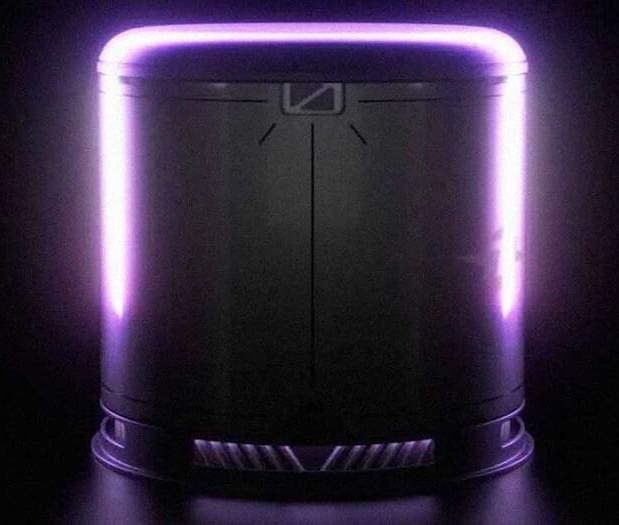Technology won’t be a problem for its future application, but legal and ethical concerns might, warns Beijing-based researcher.


After announcing at the beginning of the month that the company would be cutting 10 percent of its workforce due to CEO Elon Musks’s “bad feeling” about the economy, Tesla’s job slash is in full swing. According to Insider, many newer employees — including workers who had not even begun their newly-accepted positions just yet — are bearing the brunt of the mass layoffs.
“Damn, talk about a gut punch,” wrote Iain Abshier, a brand-new Tesla recruiter, in a LinkedIn post last week. “Friday afternoon I was included in the Tesla layoffs after just two weeks of work.”
It’s worth noting that these cuts come amid a recall investigation into Tesla’s controversial Autopilot technology, not to mention reports of widespread braking issues and the CEO’s recent lament over supply chain issues — leaving Tesla’s long term viability more ambiguous than it’s been in years, with the brunt of the consequences coming down on the company’s labor force.


As much as 20 percent of the global population could actually be better at exploration and curiosity, according to a new study published this week.
A team of Cambridge scientists published research in the journal Frontiers of Psychology earlier today that raises the possibility that dyslexia, which affects an estimated one in five people worldwide, could actually help the human species adapt and ensure future success.
“The deficit-centered view of dyslexia isn’t telling the whole story,” lead author Helen Taylor said in a statement accompanying the paper. “This research proposes a new framework to help us better understand the cognitive strengths of people with dyslexia.”


Suspended Google engineer Blake Lemoine made some serious headlines earlier this month when he claimed that one of the company’s experimental AIs called LaMDA had achieved sentience — prompting the software giant to place him on administrative leave.
“If I didn’t know exactly what it was, which is this computer program we built recently, I’d think it was a seven-year-old, eight-year-old kid that happens to know physics,” he told the Washington Post at the time.
The subsequent news cycle swept up AI experts, philosophers, and Google itself into a fierce debate about the current and possible future capabilities of machine learning, other ethical concerns around the tech, and even the nature of consciousness and sentience. The general consensus, it’s worth noting, was that the AI is almost certainly not sentient.
Straight from the depths of AI hell hails Crungus — or somewhere like that, because until a few days ago, nobody knew this thing existed.

Yet another startup says it’s nearing tests for a system that could once and for all prove the technology can actually generate more energy than it consumes, The New York Times reports.
Seattle-based startup Zap Energy says its approach to fusion energy — potentially an entirely green source of renewable energy — is far simpler and cheaper than other attempts.
But critics are crying foul, arguing that we’re merely stuck in yet another round of “fusion energy fever,” according to the report.

A team of researchers at ETH Zurich in Switzerland have created an intriguing new exosuit that’s designed to give its wearer an extra layer of muscles.
The suit is intended to give those with limited mobility back their strength — and early trials are already showing plenty of potential, the scientists say.
The soft “wearable exomuscle,” dubbed the Myoshirt, automatically detects its wearer’s movement intentions and use actuators to literally take some of the load off.
A 30-year-old Kenyan engineer named Nzambi Matee has come up with a promising way to upcycle plastic trash that would’ve otherwise landed in landfills — by pressing it, with the addition of sand, into sturdy bricks and paving stones.
Her Nairobi-based company, Gjenge Makers, produces a variety of different paving stones, which are already being put to use to line sidewalks, driveways, and roads.
According to the engineer, the plastic pavers are seven times stronger, 15 percent cheaper to produce and lighter than concrete. And the venture is just getting started, with the company now investigating ways to construct affordable housing from similar materials.